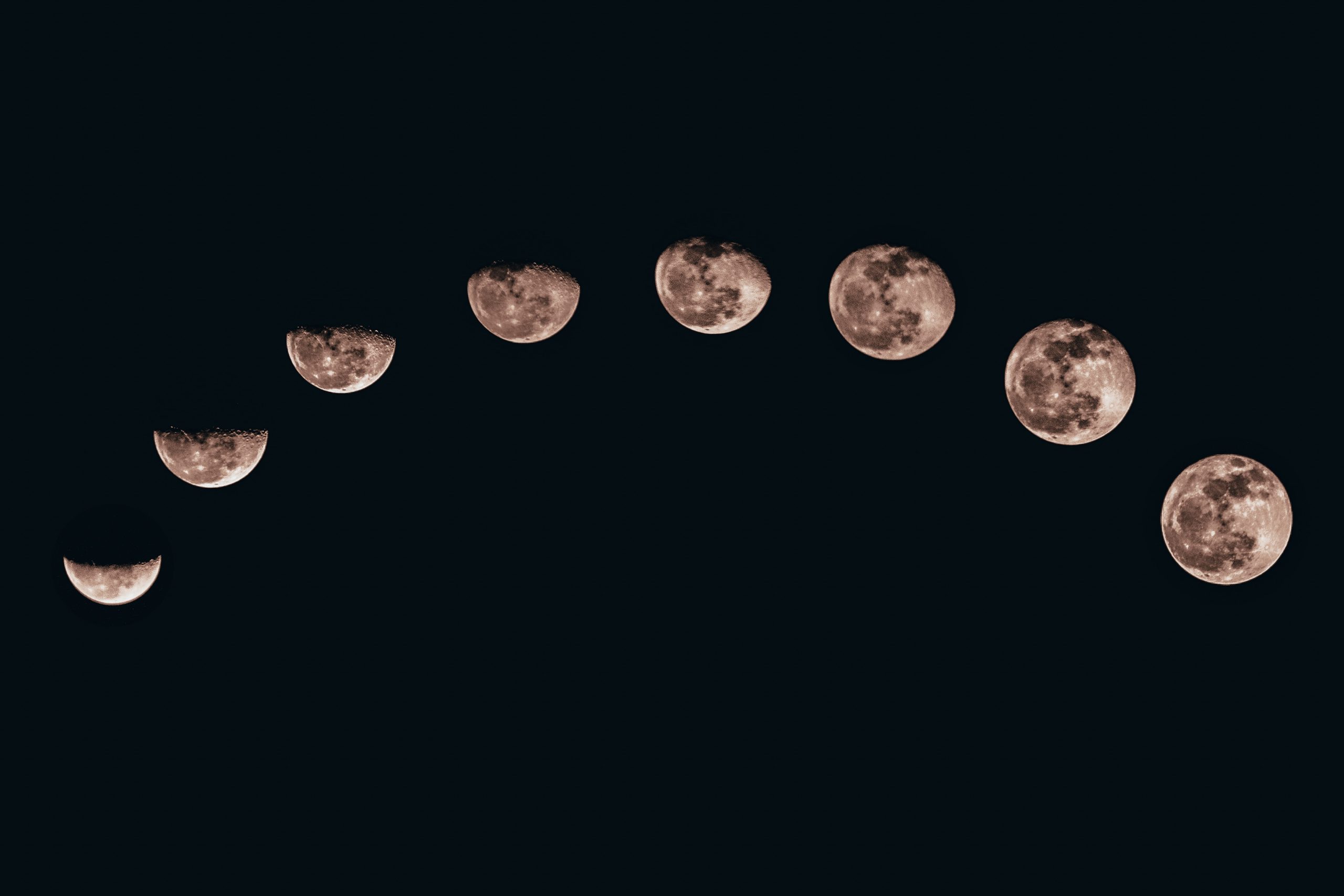How Long Will a Lunar Eclipse Last?
As one of the most captivating celestial events, a lunar eclipse never fails to capture our attention. People all over the world marvel at the breathtaking display of colors, shadows, and highlights that unfold before their eyes. However, even for seasoned astronomers, it can be challenging to determine the exact duration of a lunar eclipse. In this blog post, we will explore the factors affecting the length of a lunar eclipse and give you a deeper understanding of this celestial phenomenon.
Understanding Lunar Eclipses
Before diving into the duration of a lunar eclipse, let’s briefly recap what exactly happens during this unique event. A lunar eclipse occurs when the Earth lies between the Sun and the Moon, casting a shadow on the lunar surface. It is essential to remember that the Moon does not generate any light of its own; it merely reflects the Sun’s light. So when the Earth obstructs the Sun’s rays from reaching the Moon, a lunar eclipse occurs.
Lunar eclipses can be categorized into three main types: total, partial, and penumbral. A total lunar eclipse happens when the Moon is completely engulfed by the Earth’s shadow. A partial lunar eclipse occurs when only a portion of the Moon enters the shadow, and a penumbral lunar eclipse takes place when the Moon passes through the Earth’s outer shadow (the penumbra).
Determining the Duration
1. Penumbral Lunar Eclipses
Let’s begin with penumbral lunar eclipses, which are generally the least impressive in terms of visual effects. Since the Moon only enters the Earth’s outer shadow, the penumbra, the changes in appearance are subtle. The duration of a penumbral lunar eclipse can vary, but it typically ranges from a few hours to around six hours.
2. Partial Lunar Eclipses
During a partial lunar eclipse, part of the Moon enters the darker inner shadow of the Earth, called the umbra. Partial lunar eclipses are more dramatic than penumbral eclipses, as noticeable darkening occurs on the lunar surface. The duration of a partial lunar eclipse is also quite variable, often lasting a few hours.
3. Total Lunar Eclipses
Total lunar eclipses are the most spectacular among the three types, captivating stargazers with their deep red color. As the Moon moves entirely into the Earth’s umbra, it takes on an eerie, blood-red appearance. The duration of a total lunar eclipse is significantly longer than that of penumbral or partial eclipses. On average, a total lunar eclipse can last anywhere from one to four hours.
However, it is essential to remember that the duration of a total lunar eclipse includes the entire process, starting with the Moon’s entry into the Earth’s umbra and ending when it exits. The period of totality, during which the Moon is entirely within the umbra, generally lasts for about an hour and can vary slightly depending on the alignment of the Earth, Moon, and Sun.
Factors Affecting Duration
Several factors can influence the duration of a lunar eclipse. These include:
1. Alignment of the Earth, Moon, and Sun:
The alignment of celestial bodies plays a crucial role in determining the duration of a lunar eclipse. When the alignment is such that the Moon passes through the center of the Earth’s shadow, the eclipse tends to last longer. Conversely, if the alignment is such that the Moon grazes the Earth’s shadow, the eclipse is shorter in duration.
2. Earth’s Atmosphere:
The Earth’s atmosphere also plays a role in determining the duration of a lunar eclipse. The amount of dust, ash, or other particles suspended in the atmosphere can affect the dispersion and absorption of sunlight, consequently impacting the appearance and duration of the eclipse.
3. Distance between Earth and Moon:
The distance between the Earth and the Moon can also affect the duration of a lunar eclipse. When the Moon is at its furthest point from the Earth (apogee), it moves more slowly through the Earth’s shadow, resulting in a longer eclipse. Conversely, when the Moon is at its closest point to Earth (perigee), it moves more quickly through the shadow, resulting in a shorter eclipse.
Notable Lunar Eclipses in History
Throughout history, some lunar eclipses have stood out for their remarkable duration or unique characteristics. Here are a few notable examples:
| Date | Type | Duration |
|---|---|---|
| July 16, 2000 | Total | 1 hour, 46 minutes, 24 seconds |
| June 15, 2011 | Total | 1 hour, 40 minutes, 47 seconds |
| July 27, 2018 | Total | 1 hour, 42 minutes, 57 seconds |
Conclusion
The duration of a lunar eclipse depends on various factors, such as the type of eclipse, alignment of celestial bodies, Earth’s atmosphere, and the distance between the Earth and the Moon. While penumbral and partial lunar eclipses tend to be shorter in duration, a total lunar eclipse can last anywhere from one to four hours, with the period of totality usually lasting around an hour. By understanding these factors, you can better prepare for and appreciate the remarkable beauty of a lunar eclipse, making the most of this enchanting celestial event.
Table of Contents
